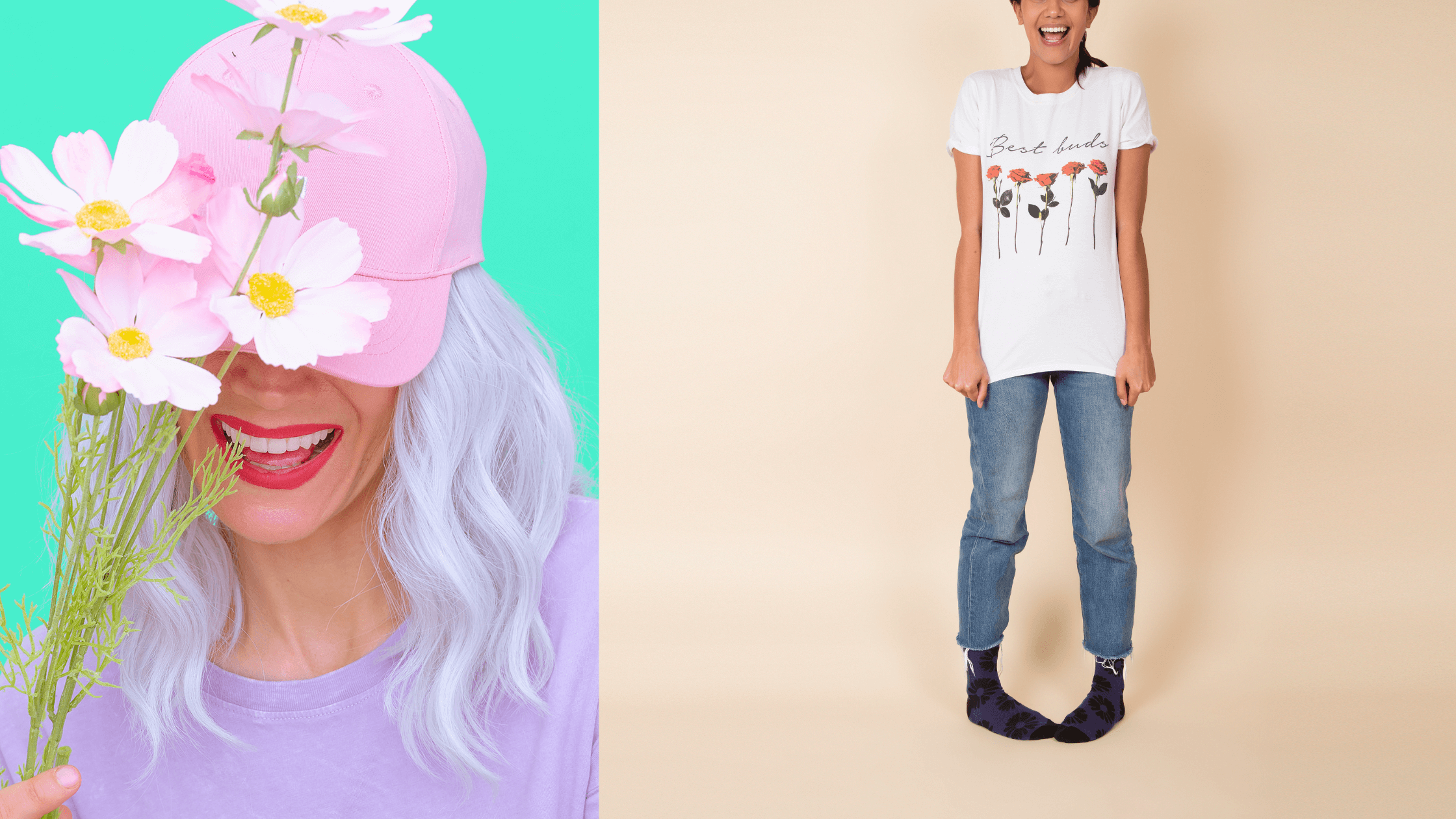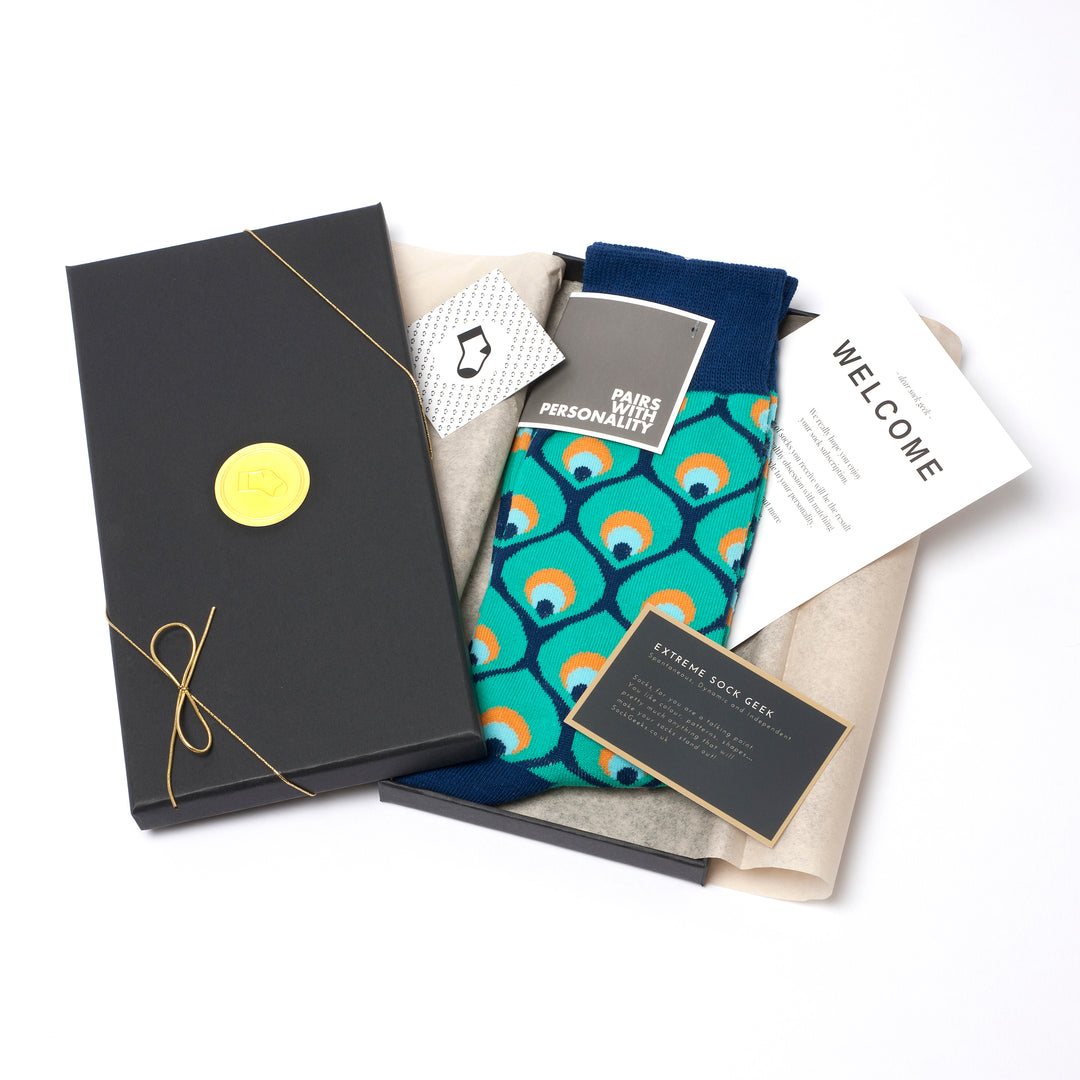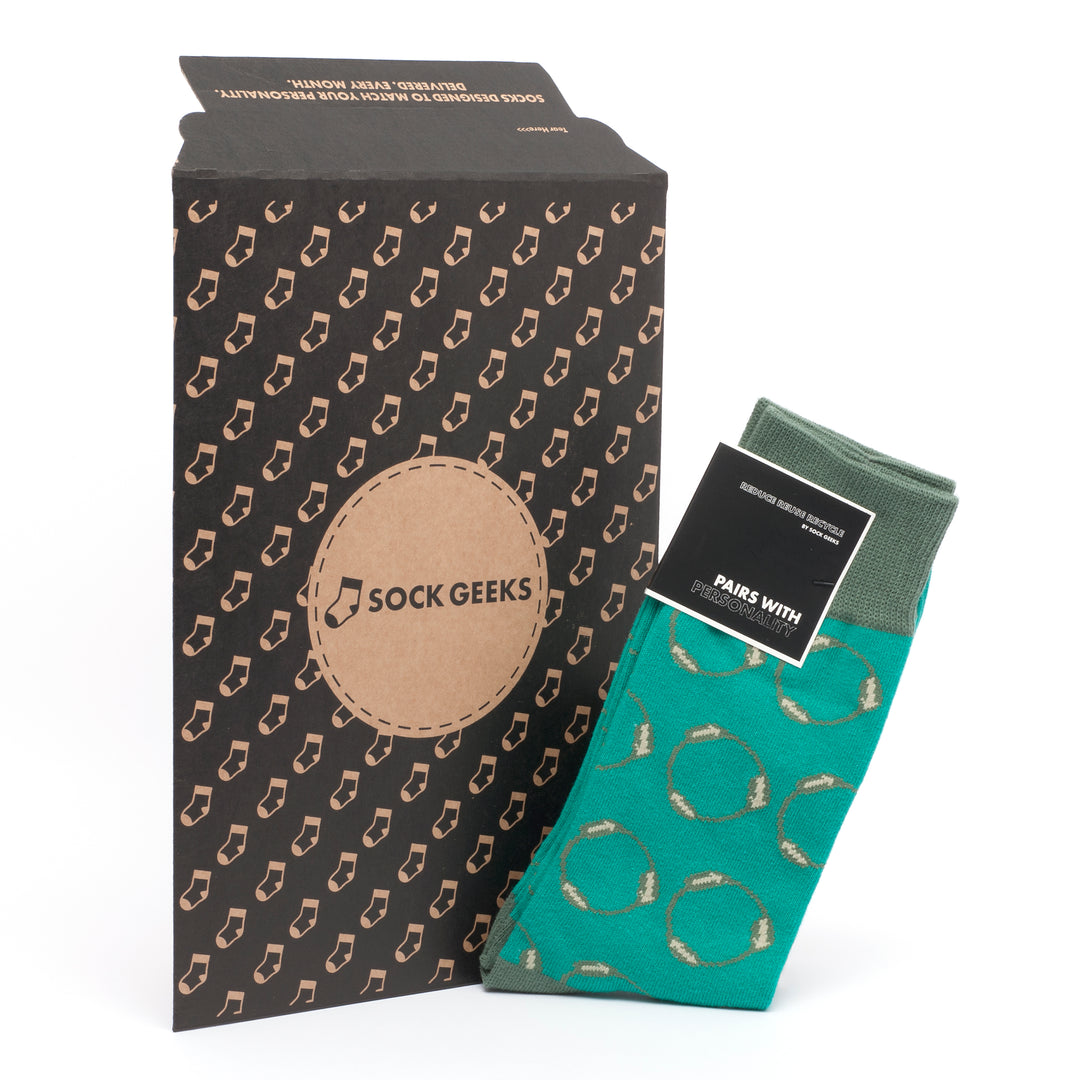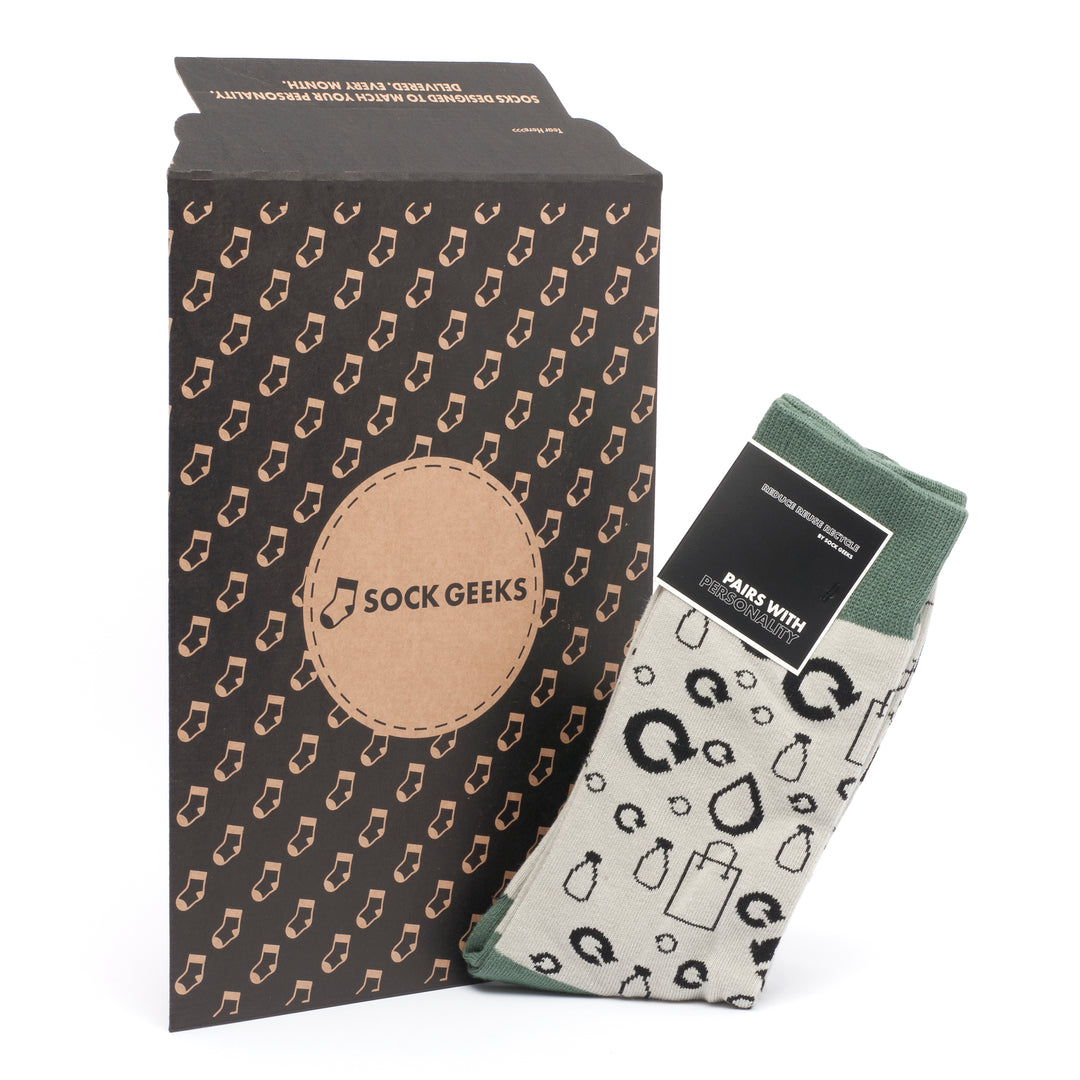The Ultimate Guide to Color: Tips, Tools, and Palettes
Color, or the visual perception of light wavelengths, is a fascinating aspect of our everyday lives. It is through color that we are able to see the spectral colors of the visible spectrum. This phenomenon can be explained by the trichromatic theory of colors. Our eyes perceive colours through specialized cells called cones, allowing us to experience the vibrant world around us. This is possible because cones are sensitive to different wavelengths of visible light, as explained by the trichromatic theory. Colors, also known as colours, can be categorized into primary, secondary, and tertiary colors. According to the trichromatic theory, different wavelengths of light create these colours. For example, red paint is a primary colour. Each colour has its own distinct characteristics and combinations. Understanding the different types of colors, including primary colors and spectral colors, is essential for various applications in art, design, and even science. The trichromatic theory helps explain how we perceive colors.
In addition to these categorizations, there are different color models that help us accurately represent and reproduce colours, designs, and objects by measuring their wavelengths. The RGB (Red, Green, Blue) model is commonly used in digital displays to represent colours by combining different intensities of these three primary colours. This model relies on the wavelengths of light and includes the colour yellow. On the other hand, the CMYK (Cyan, Magenta, Yellow, Black) model is widely used in printing processes to achieve a full range of colours. The CMYK model works by combining different wavelengths of light to create a spectrum of colours.
Dive into the world of sock colors, from primary hues to complementary designs. Discover how selecting the right colors can elevate your sock game and make your sock subscription truly captivating
The Significance of the Color Wheel in Creating Harmonious Palettes
The color wheel is a powerful tool that designers use to create visually appealing and harmonious color palettes. It helps them choose from a wide range of colours, including spectral colors, to incorporate into their designs. By understanding the spectrum of colours and how they interact, designers can create stunning and balanced compositions. It organizes colours in a circular format, making it easy for designers to reference and select the right colours from the spectrum for their projects. The designs are conveniently arranged, allowing designers to quickly find the perfect yellow shade they need. By understanding the relationships between different colors on the wheel, designers can create combinations of colours and designs that evoke specific emotions and convey messages effectively. The wavelengths of these colours, such as yellow, play a crucial role in the overall impact of the design.
Organizing Colors for Easy Reference
The color wheel is divided into different sections, each representing a specific range of colours. These colours are determined by the wavelengths of light and are essential in creating captivating designs. This organization helps designers quickly locate and identify colours and designs that work well together by considering their wavelengths and the way they interact with light. Whether they're looking for warm or cool tones, bright or muted shades, the color wheel provides a visual guide to assist in their decision-making process when choosing between different spectral colors. By understanding the wavelengths of light associated with each color, individuals can make informed choices about which hues to incorporate into their designs.
Selecting Harmonious Color Combinations
One of the key benefits of using the color wheel is its ability to help designers choose harmonious color combinations. The color wheel provides a visual representation of the spectrum of colours, including spectral colors, which are determined by wavelength. This tool is essential for creating aesthetically pleasing designs. By understanding how colours and wavelengths relate to one another, designers can create visually balanced and pleasing compositions with light. Here are two important concepts derived from the color wheel: colour and spectral colors. These concepts are based on the wavelength of light.
Complementary Colors: High Contrast and Vibrancy
Complementary colors, which are determined by their wavelength, are located opposite each other on the color wheel. This is because different wavelengths of light stimulate different cones in our eyes. When different colors are used together, they create high contrast and vibrancy in a design. This is because the combination of colors enhances the color sensation and creates a visually appealing color space. For example, pairing different colors like blue with orange or red with green can make elements stand out and grab attention. The use of color in this way can greatly impact color perception and create a visually striking effect.
Analogous Colors: Creating Harmony
Analogous colors, also known as adjacent colors, are hues that are found next to each other on the color wheel. This design principle is based on the understanding of how light interacts with our eyes' cones to perceive different colours. They share similar undertones and create a sense of harmony when used together in the color space. The combination of these colours creates a beautiful color sensation and plays with light. Designers often use analogous color schemes when they want to create a cohesive look without overwhelming viewers with contrasting colours. These schemes involve using colours that are next to each other on the colour wheel, also known as spectral colors. The choice of colours affects how light is perceived and can greatly impact the overall design.
Utilizing Neutral Colors
While vibrant colours play an essential role in design, neutral colours also have their place in creating balance and visual appeal. Light is important for showcasing both vibrant and neutral colours. Neutral colors, such as black, white, gray, beige, and brown, are essential in light design. They act as anchors within a color palette, allowing vibrant colors and light to shine while providing a sense of stability, sophistication, and design.
Designers can use neutral colors as backgrounds or accents to create contrast and draw attention to specific elements. By incorporating light shades, designers can enhance the visual appeal of their designs while maintaining a balanced composition. They also help balance out the overall composition and prevent it from becoming overwhelming with light and color perception. This is important in design because it affects our color vision.
Understanding Color Theory and Its Importance in Design
Color theory is a fundamental concept that explores how colors interact with each other visually and emotionally, including their interaction with light. Light serves as a guiding principle for designers, helping them create aesthetically pleasing compositions using color schemes that enhance the overall visual impact. By understanding the principles of color theory and how it relates to light, designers can effectively convey emotions, set moods, and create harmonious designs.
Colors Evoke Emotions
Colors, with their varying shades and intensities, have the power to evoke specific emotions and feelings. The way light interacts with colors further enhances their ability to create different moods and atmospheres. Warm colors such as red and yellow are associated with energy, excitement, passion, and light. These vibrant hues grab attention and create a sense of urgency for individuals with color vision and color perception. The interplay of light further enhances their impact. On the other hand, cool colors like blue and green are known for their calming effects on light. They evoke feelings of serenity, relaxation, and tranquility.
Creating Harmonious Compositions
Color theory provides designers with the tools to create harmonious compositions by combining colors in visually appealing ways. By understanding the principles of light and color, designers can effectively use light to enhance the visual impact of their designs. One popular technique for creating contrast in a design is using complementary colors—colors that are opposite each other on the color wheel. This technique can help to enhance the play of light in the design. For example, pairing blue, a color vision, with orange or purple with yellow creates a striking visual impact due to the interaction of different colors and the way light is perceived.
Another technique for creating a more cohesive look is using analogous colors—colors that are adjacent to each other on the color wheel. This technique can help to enhance the perception of light in the design. This approach involves selecting colors from the same light family to achieve a harmonious blend. An example of combining shades of blue-green and blue-violet would showcase the interplay of color vision and light.
The Power of Monochromatic Color Schemes
Monochromatic color schemes involve using variations of a single hue to create an elegant and sophisticated look that is light and airy. By playing with lightness or darkness within one color family, designers can achieve depth and dimension without overwhelming the viewer's eye.
For instance, if you have impaired color vision and choose purple as your base hue for a monochromatic scheme, you can incorporate lighter shades like lavender or lilac for highlights and darker shades like plum or eggplant for shadows. This creates a visually interesting composition by incorporating elements of light, while maintaining unity through consistent use of a single color.
The Impact of Structural Color
Structural color is another fascinating aspect of color theory. Unlike pigments, which absorb certain wavelengths of light and reflect others, structural color is created through the interaction of light with physical structures. This phenomenon of vibrant colors can be observed in nature, such as the beautiful play of light seen in butterfly wings or peacock feathers.
Understanding how structural color works allows designers to incorporate unique and captivating elements of light into their designs. By mimicking the effects of structural color, they can create visually stunning compositions that captivate the viewer's attention with their play of light.
Exploring the Meaning and Symbolism of Different Colors
Colors, with their unique ability to evoke emotions and convey messages without words, have a special relationship with light. The spectrum of colors is vast, each with its own distinct meaning and symbolism. Light plays a significant role in defining these colors. Let's delve into the significance of light behind some of the most commonly recognized colors.
Red: Passion, Love, or Danger
The color red is often associated with intense emotions. It can symbolize passion, love, and desire. In many cultures, the color red is also linked to luck and prosperity. This association is due to the way our color vision perceives light. However, it's important to note that the interpretation of red light can vary depending on cultural context. In some cases, red light may be seen as a warning sign or a symbol of danger.
Blue: Tranquility, Trustworthiness, or Sadness
Blue light is often associated with feelings of tranquility and calmness. It can evoke a sense of trustworthiness and reliability. However, the interpretation of blue light can also depend on its shade. Lighter shades of blue are often linked to serenity and peace, while darker shades may convey a sense of sadness or melancholy.


Yellow: Happiness, Optimism, or Caution
Yellow is a vibrant color that is commonly associated with happiness, optimism, and light. Light has the power to uplift spirits and bring about feelings of joy. However, yellow light can also be interpreted as a cautionary color in certain contexts. For example, yellow traffic lights indicate that drivers should slow down and proceed with caution.


Green: Nature, Growth, or Envy
Green is often connected to nature and represents growth, renewal, and light. It symbolizes harmony with the environment and promotes feelings of balance and tranquility. On the flip side, green can also be associated with envy or jealousy in some cultures.


Understanding the meanings behind different colors allows us to harness their power in various aspects of our lives:
- In branding and marketing: Companies often use specific colors in their logos and advertisements to evoke certain emotions or convey key messages. For example, red may be used to create a sense of urgency in sales promotions, while blue can instill trust and reliability.
- In interior design: The choice of color in our living spaces can greatly impact our mood and overall well-being. Warm colors like red and orange can create a cozy and inviting atmosphere, while cool colors like blue and green promote relaxation.
- In art therapy: Colors are often used in therapeutic settings to help individuals express their emotions. For example, someone experiencing sadness may be encouraged to use shades of blue in their artwork as a means of catharsis.
Colors have the power to influence our emotions and perceptions in profound ways. By understanding the symbolism behind different colors, we can make informed choicesBranding, and self-expression.
Unveiling Fascinating Facts About Colors and Their Impact on Emotions
Research Shows the Influence of Warm Hues
Warm hues like red have been found to have a significant impact on our emotions. Research indicates that these colors can increase heart rate and stimulate appetite. Just think about it: when you see a vibrant red apple or a juicy steak cooked to perfection, your mouth might start watering! These warm tones have the power to evoke strong feelings of passion, excitement, and even hunger.
The Soothing Effect of Cool Tones
On the other hand, cool tones such as blue can have a calming effect on our emotions. Studies suggest that exposure to blue hues promotes relaxation and can even lower blood pressure levels. Imagine yourself lying on a sandy beach with clear blue waters stretching out in front of you – doesn't that image already make you feel more at ease? Blue has the ability to create a sense of tranquility and serenity within us.
The Regal History of Purple
Purple has long been associated with royalty, and for good reason. In ancient times, purple was an incredibly rare color to come across in nature. Obtaining purple dye required extracting it from certain shellfish or crushing thousands of snails! Because of its scarcity, purple became synonymous with wealth and power. Even today, we often associate this color with luxury and elegance.
The Symbolism Behind Pink
In Western cultures, pink is often linked to femininity and tenderness. This association likely stems from societal norms surrounding gender roles. We commonly see baby girls dressed in pink clothing or receive pink flowers as symbols of affection. Pink has a softness to it that evokes feelings of warmth, compassion, and nurturing.
Colors have an incredible ability to influence our emotions without us even realizing it. Whether it's the stimulating effect of warm hues like red or the soothing impact of cool tones like blue, colors play a significant role in shaping our experiences and perceptions. Understanding the psychology behind colors can help us make intentional choicesBranding, and even personal style.
So, the next time you're deciding on a color scheme for your room or contemplating what outfit to wear, consider the emotions that different colors evoke. Harness the power of colors to create an atmosphere that aligns with your desired mood or message. After all, life is too short to be surrounded by dull and uninspiring shades!
The Science Behind Color Perception: How Our Eyes Interpret Colors
The human eye is an incredible organ that allows us to perceive the vibrant world around us. But have you ever wondered how our eyes actually interpret colors? It all comes down to the science of color perception and the way our visual system processes information.
Three Types of Cones and Color Sensation
Our eyes contain three types of cones that are responsible for perceiving different wavelengths of light: red, green, and blue. These cones work together in what is known as the trichromatic theory of color vision. When light enters our eyes, it stimulates these cones, which then send signals to our brain, creating a sensation of color.
Creating a Rainbow of Colors
By combining the signals from these three types of cones, our brains can create a wide range of colors. For example, when both red and green cones are stimulated simultaneously, we perceive yellow. Similarly, when blue and green cones are activated together, we see cyan. This blending and mixing of cone signals allow us to experience millions of different hues.


Colorblindness and Defective Cones
Unfortunately, not everyone has normal color vision due to a condition called color blindness. In individuals with color blindness, one or more types of cones are defective or absent. As a result, their ability to distinguish certain colors is impaired or limited.
There are different types of color blindness depending on which cone type is affected. The most common form is red-green color blindness where individuals have difficulty distinguishing between shades of red and green. Another type is blue-yellow color blindness where it's challenging to differentiate between blues and yellows.
Animals with Enhanced Color Vision
Interestingly, some animals have evolved with additional cone types in their eyes, allowing them to see a wider range of colors than humans can perceive. For example, birds often possess four types of cones that enable them to detect ultraviolet light invisible to our eyes. This ability helps them navigate their environments, find food, and even select mates based on subtle color variations.
The Role of Visible Light and the Retina
To understand how we perceive colors, it's essential to recognize that visible light is made up of different wavelengths. Each wavelength corresponds to a specific color. When light enters our eyes, it passes through the cornea and lens before reaching the retina at the back of the eye. The retina contains specialized cells called photoreceptors that include these three types of cones responsible for color vision.
Processing Color Information in Our Brain
Once the cones in our retina detect incoming light, they convert it into electrical signals that are then transmitted to the brain via the optic nerve. In the brain, this information is further processed and interpreted, allowing us to perceive colors accurately.
Unlocking the Power of Color Contrast for Effective Design
Contrast plays a crucial role in creating visually appealing and accessible designs. By leveraging the power of color contrast, designers can enhance readability, legibility, and overall visual impact. Let's explore how high contrast, complementary colors, and balanced contrast ratios contribute to effective design.
High Contrast for Readability and Legibility
Designs that exhibit high contrast between text and background are easier to read and comprehend. When there is a stark difference between the colors used for text and its background, it creates a clear distinction that aids in legibility. For example, using black text on a white background or vice versa ensures optimal readability.
Complementary Colors for Visual Impact
Incorporating complementary colors in your design can create a strong visual impact. Complementary colors are pairs of hues that sit opposite each other on the color spectrum. When combined, they create an eye-catching effect due to their inherent contrast. For instance, pairing blue with orange or red with green can result in visually striking designs.
Achieving Contrast through Variations
Contrast can be achieved by manipulating variations in hue, saturation, or brightness within your design elements. By selecting colors from different ends of the spectrum or adjusting their intensity levels, you can create distinct contrasts that capture attention. Experimenting with these variations allows you to find the perfect balance between harmony and differentiation.
Balancing Contrast Ratios for Accessibility
While designing interfaces or content for digital platforms, it is essential to consider accessibility for individuals with visual impairments. A balanced contrast ratio ensures that people with low vision or color blindness can perceive information effectively. The Web Content Accessibility Guidelines (WCAG) provide specific guidelines regarding minimum contrast ratios required for different text sizes and elements.
To summarize:
- High contrast enhances readability.
- Complementary colors create visual impact.
- Variations in hue, saturation, or brightness achieve contrast.
- Balanced contrast ratios ensure accessibility.
Embracing the Enchanting World of Colorful Socks
Color is a dynamic force that transcends the visual spectrum and infiltrates every aspect of our lives, even down to our choice of socks. Beyond mere foot coverings, socks can be a canvas for creativity and self-expression. In this article, we'll explore how colorful socks can elevate your daily life, from boosting your mood to making a style statement that speaks volumes.
-
Socks and Mood Elevation: Colors have the remarkable ability to influence our emotions, and this extends to the socks we wear. Dive into the psychology of sock colors and discover how selecting the right hues can set the tone for your day. Whether you need an energy boost or a moment of calm, your sock drawer can be your secret weapon.
-
Socks as a Style Statement: Gone are the days of plain, uninspiring socks. Today, socks are a fashion statement in their own right. Uncover the secrets of sock style, from whimsical patterns to bold, vibrant colors that can transform an ordinary outfit into a conversation starter. Learn how to curate your sock collection to showcase your personality and unique fashion sense.
-
Socks and Self-Expression: Your sock drawer is your personal gallery, where you can curate a collection of colors and patterns that reflect your individuality. Explore how to use socks as a form of self-expression, from showcasing your hobbies to conveying your mood. Discover the joy of wearing socks that make you smile every time you look down.
-
Socks for Special Occasions: Just as colors play a role in your daily life, they also shine during special occasions. Whether you're attending a formal event or celebrating a holiday, learn how to select socks that complement the theme, convey your festive spirit, or simply add a touch of personality to your outfit. Unearth the art of sock styling for weddings, parties, and more.
-
Socks and Confidence: Believe it or not, the socks you wear can influence your confidence levels. Explore how wearing colorful and unique socks can boost your self-assurance. From job interviews to important presentations, discover how the right pair of socks can give you that extra edge and create a lasting impression.
-
Socks and Gifting: Colorful socks make fantastic gifts for friends and loved ones. Dive into the world of sock gifting and find out how to select the perfect pair for any occasion. From birthdays to holidays, learn the art of choosing socks that reflect the recipient's personality and passions.
-
Sock Collections: A Rainbow of Possibilities: Just like the vibrant colors in nature, socks come in a dazzling array of shades and designs. Explore the world of sock collections, from bold and bright patterns to subtle and sophisticated color palettes. Discover how to curate your own collection that suits every mood and moment.
Conclusion: Your sock drawer is a treasure trove of color and creativity waiting to be explored. By embracing the world of colorful socks, you can elevate your daily life, express your personality, and make every step a stylish statement. So, sock up your style, let your feet do the talking, and step into a world of endless possibilities, one colorful pair at a time.
Congratulations! You've journeyed through the captivating realm of color, learning about its significance, theory, symbolism, impact on emotions, science behind perception, and power of contrast in design. By understanding these aspects, you are now equipped to create harmonious palettes that evoke the desired emotions and effectively communicate your message.
Now that you have this newfound knowledge, it's time to unleash your creativity and experiment with colors in your draw cupboard and in design Whether you're a graphic designer looking to captivate audiences or someone who simply wants to add a splash of color to their life, remember that colors have the power to transform ordinary experiences into extraordinary ones. So go ahead and embrace the enchanting world of color – let your imagination run wild!
FAQs
What is the best color palette for creating a calming atmosphere?
To create a calming atmosphere, opt for cool colors such as blues and greens. These colors are known for their soothing qualities and can help promote relaxation and tranquility in any space.
How can I use color symbolism effectively in my designs?
To use color symbolism effectively in your designs, consider the cultural associations and meanings associated with different colors. For example, red may symbolize passion or danger in one culture while representing luck or celebration in another. Understanding these nuances will allow you to communicate your intended message more effectively.
Can color affect our mood?
Yes, color can indeed affect our mood. Warm colors like reds and yellows tend to evoke feelings of energy and excitement while cooler tones like blues and greens often create a sense of calmness or serenity. It's important to consider the emotional impact of different colors when designing spaces or creating visual content.
How do contrasting colors enhance design?
Contrasting colors create visual interest by highlighting differences between elements. They help draw attention to specific areas or objects within a design, making them stand out more prominently. Utilizing contrasting colors can add depth, dimension, and vibrancy to your designs.
What is the significance of the color wheel in design?
The color wheel serves as a visual representation of how colors relate to one another. It helps designers understand color relationships, such as complementary or analogous colors, which can be used to create visually appealing and harmonious palettes. The color wheel is an essential tool for achieving balance and cohesion in design projects.




















Leave a comment